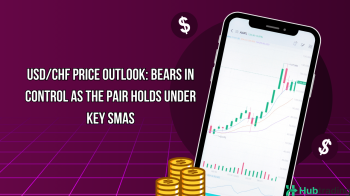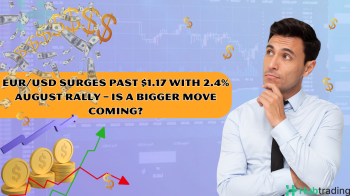The Dow Jones Industrial Average (DJIA) slipped below the 40,000 mark on Thursday, pulling back after a record-setting surge earlier in the week. The drop came as investors reacted to the Trump administration’s latest shift in tariff policy. While most of the planned “reciprocal” tariffs were postponed, a blanket 10% import levy remains in effect during the 90-day grace period, and the aggressive 145% tariff on all Chinese imports is still active.
In retaliation, China imposed an 84% tariff on all US imports, a move that heavily impacts key sectors like US agriculture and energy—long considered priorities for the current administration. The 10% interim tariff also applies to imports from Canada and Mexico, heightening concerns about inflationary pressure on US consumers who are already price-sensitive.
Meanwhile, US Consumer Price Index (CPI) data offered a brief reprieve, with core CPI easing to 2.8% YoY in March—a four-year low after months of hovering above 3.0%. Headline inflation also fell to 2.4% YoY, but market optimism remains fragile amid fears that escalating tariffs could reverse progress made by the Federal Reserve in curbing inflation.
Looking ahead, Friday’s focus will be on the University of Michigan (UoM) Consumer Sentiment Index, which is forecast to drop to 54.5—its lowest point in nearly three years—as consumer confidence weakens under ongoing trade uncertainty. Consumer Inflation Expectations for the 1-year and 5-year outlooks, last recorded at 5% and 4.1% respectively, will also be closely watched.
Dow Jones price outlook:
Despite bouncing earlier this week, the Dow Jones gave back some gains on Thursday, keeping the key 40,000 level in focus. The index remains trapped in a broad, volatile range and continues to trade below the 200-day Exponential Moving Average (EMA) near 41,900, signaling caution as markets absorb both macroeconomic data and geopolitical developments.
Dow Jones daily chart






